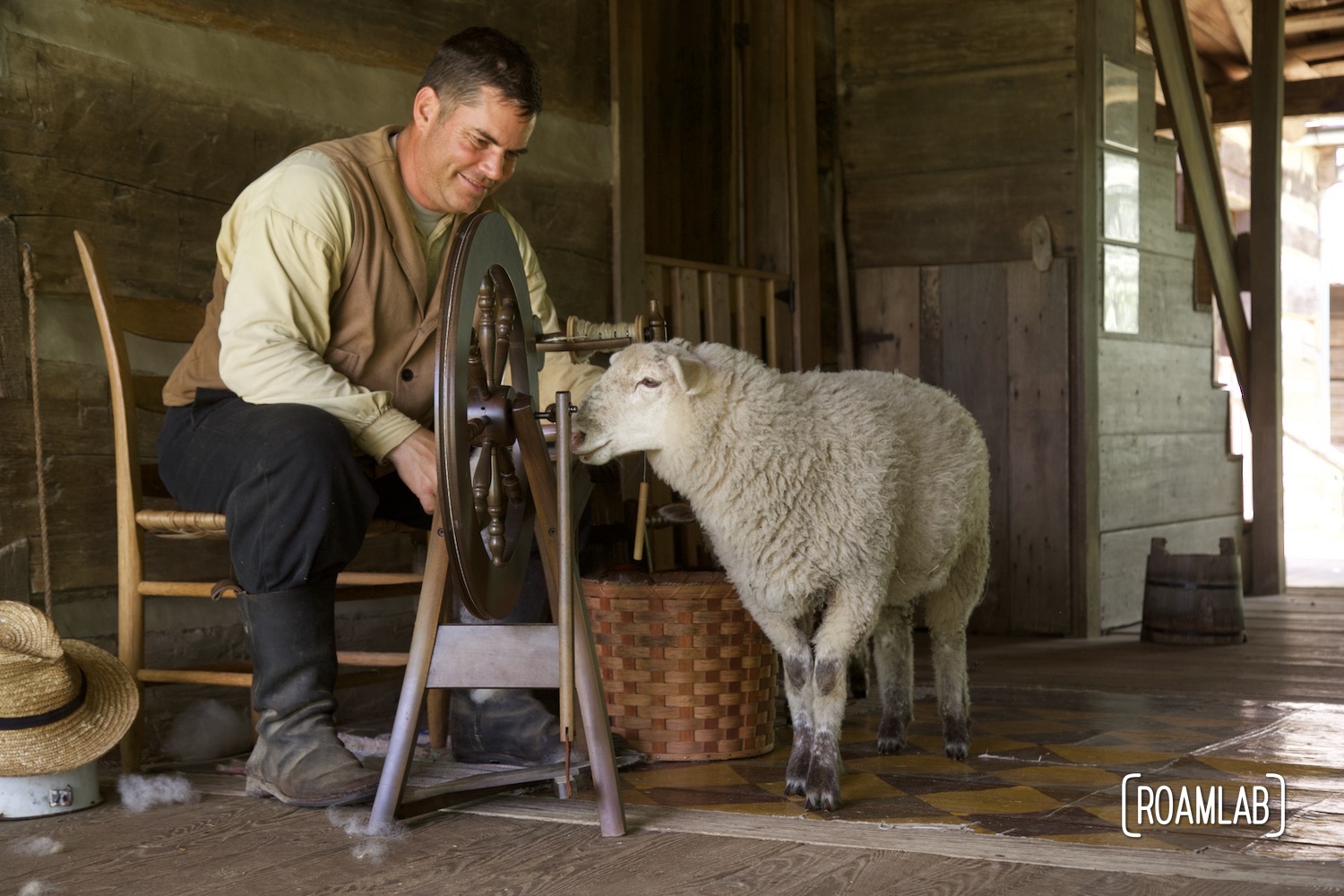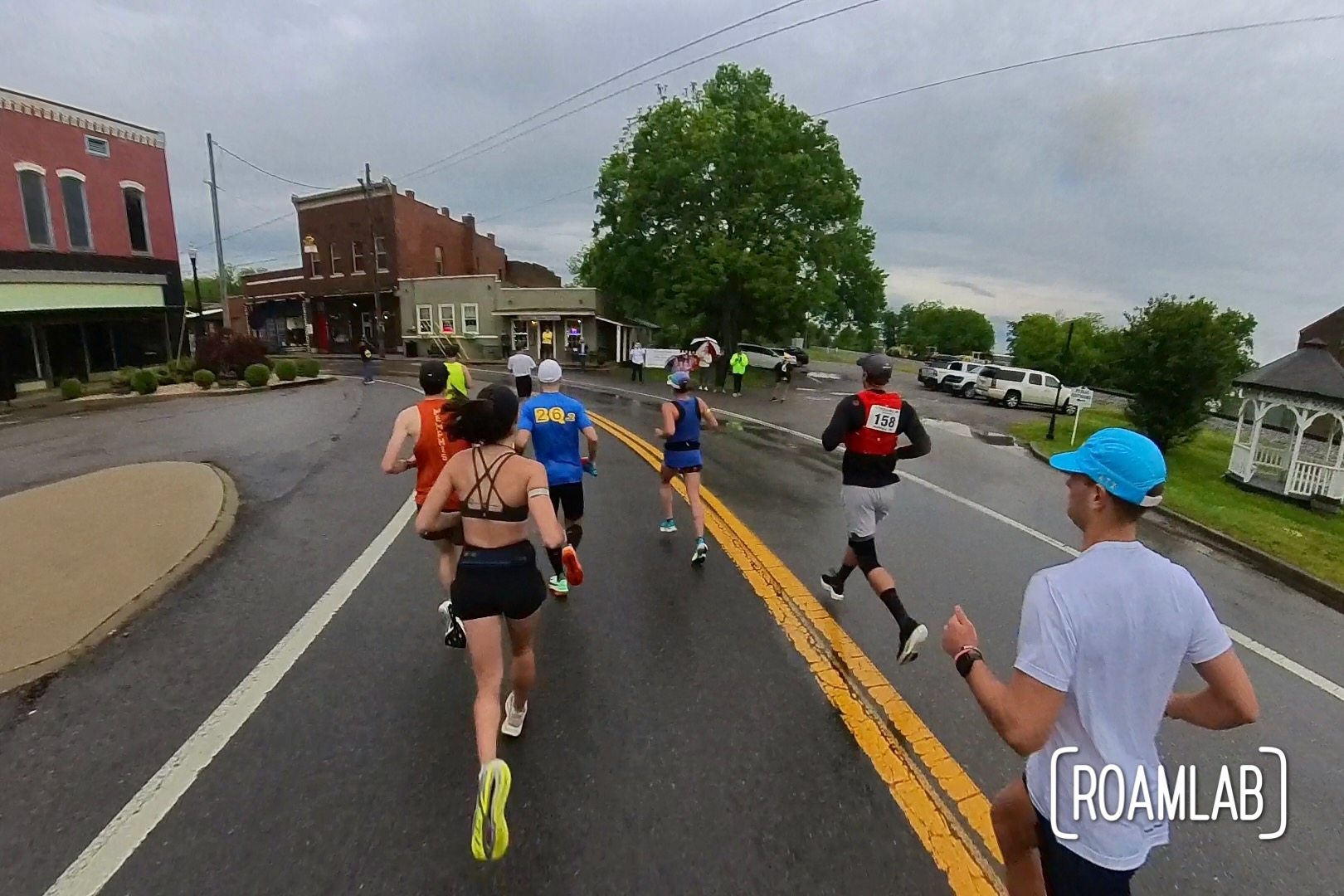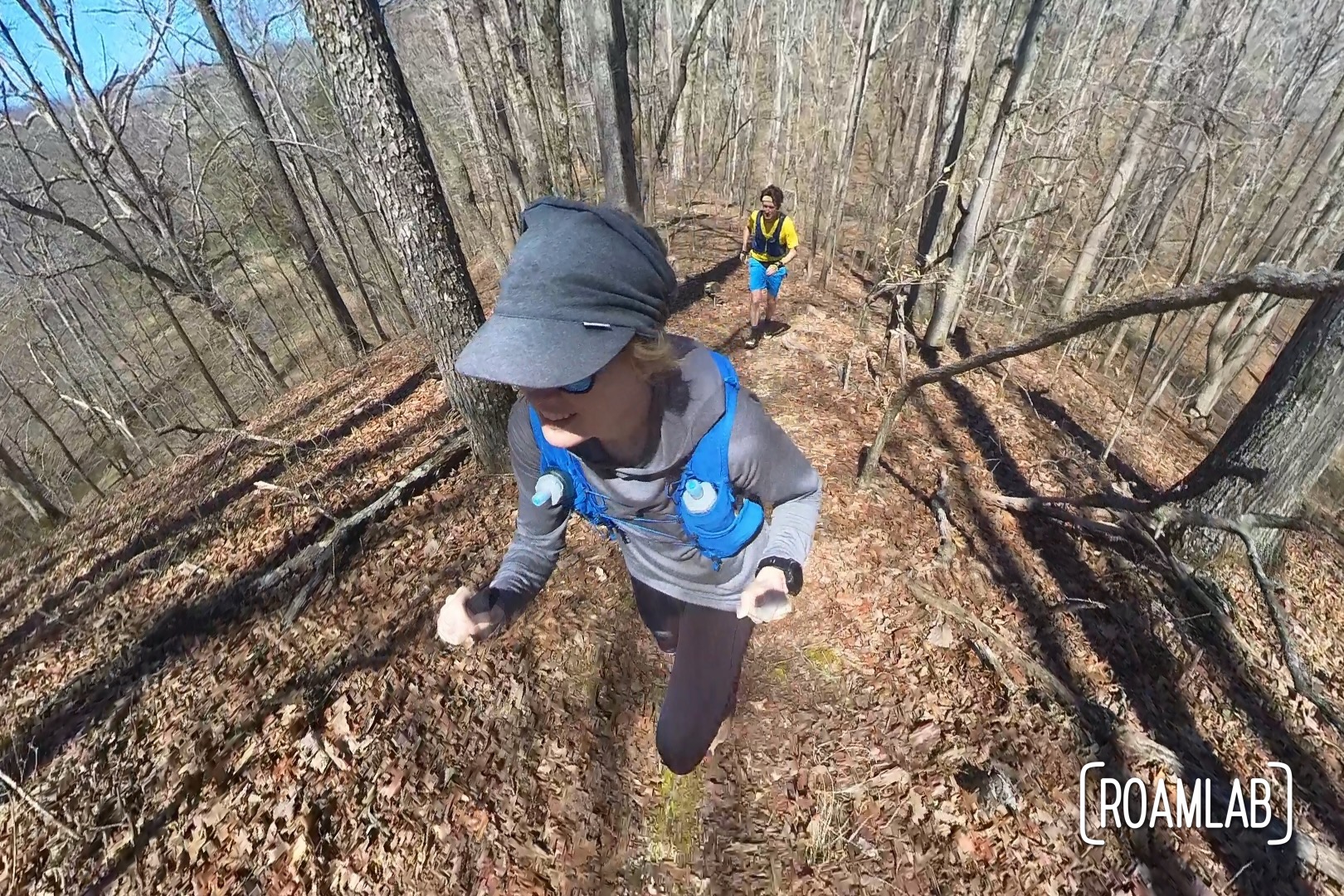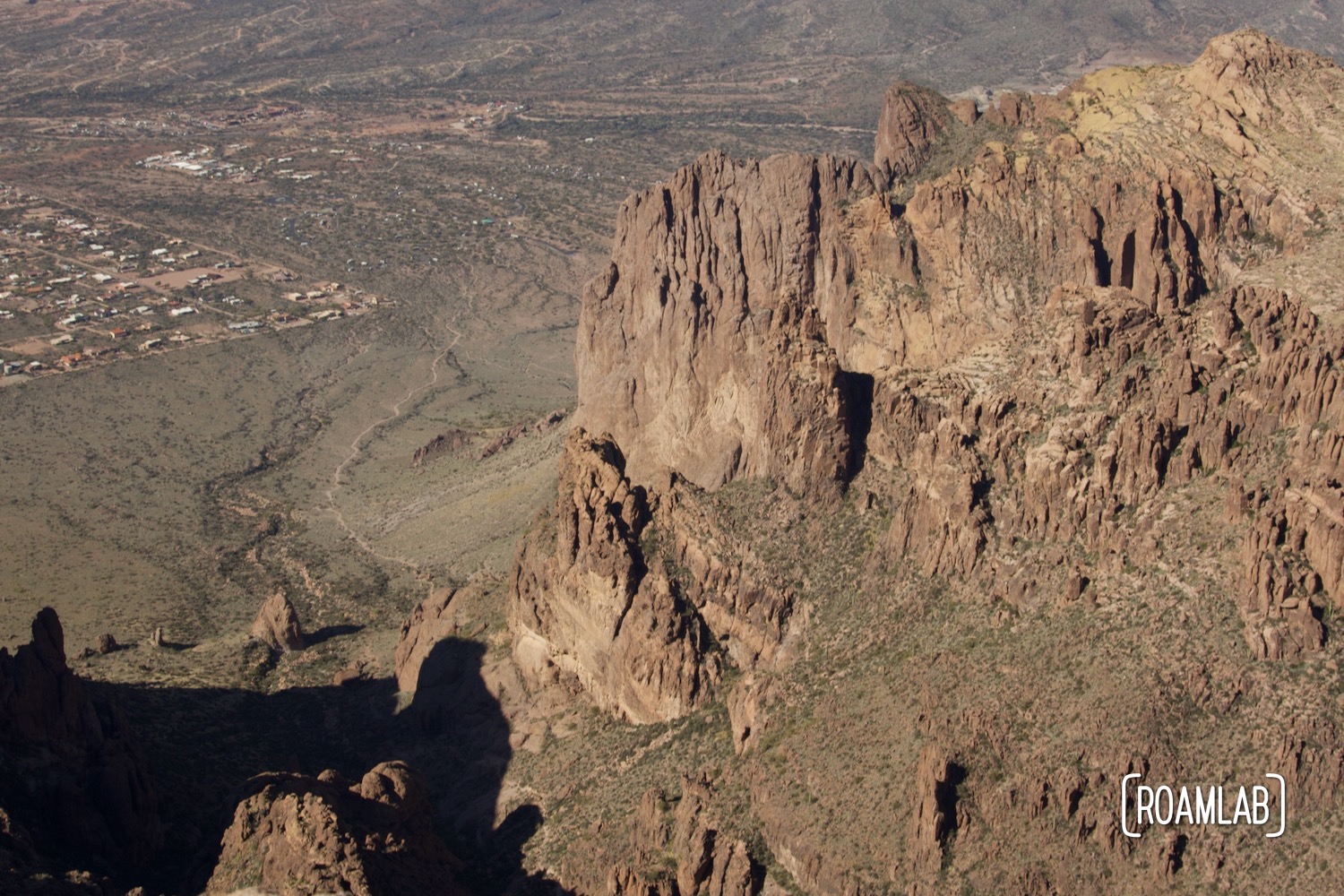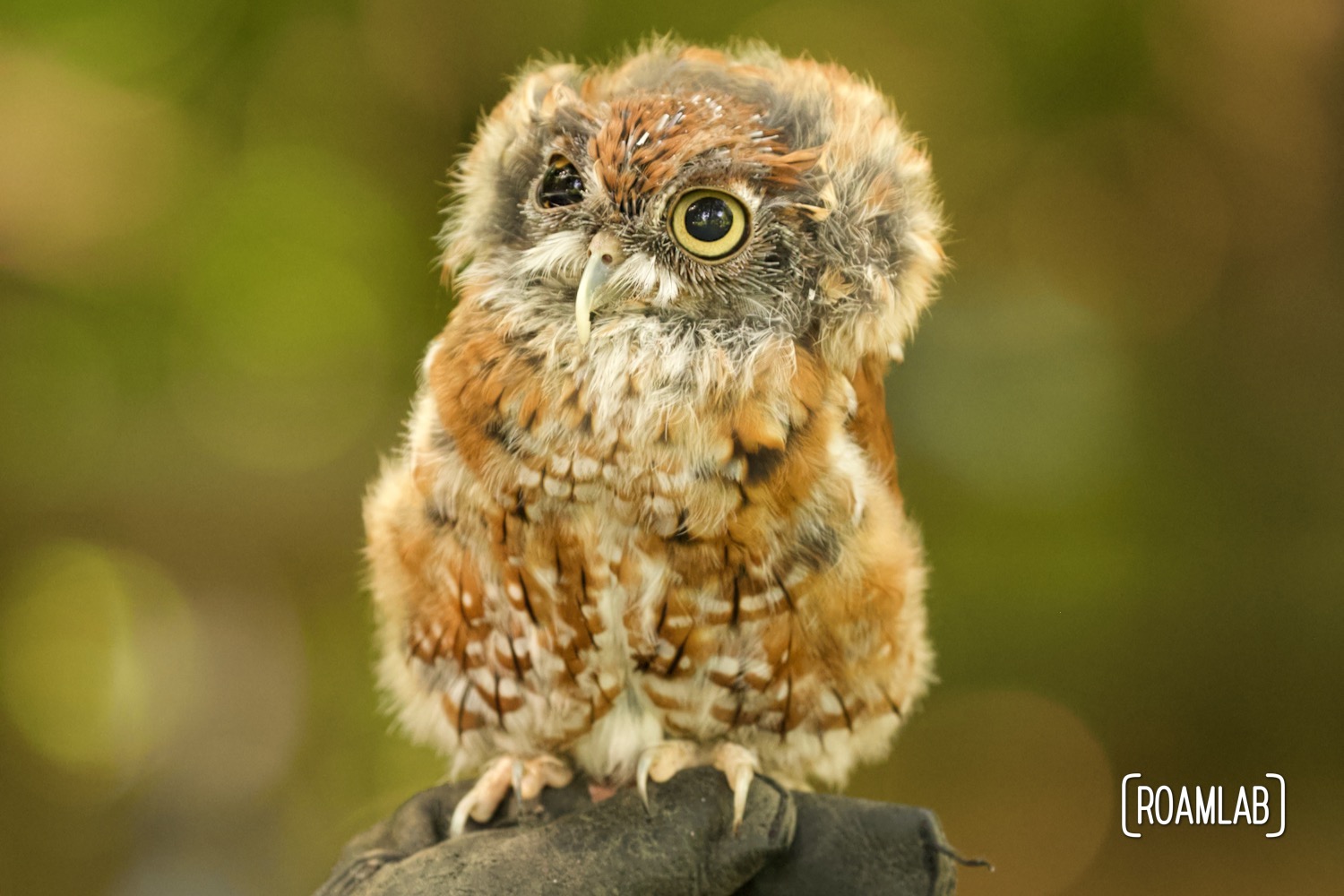
Woodlands Nature Station Red Wolves & Other Wildlife in Land Between the Lakes
The Land Between the Lakes National Recreation Area is brimming with wildlife viewing opportunities. But to get close to some of these shy creatures and learn more about how they live in this lush Kentucky paradise, visit the Woodlands Nature Station. This environmental education center shelters and rehabilitates wild animals that were orphaned, injured, or born in captivity, including coyote, bobcat, and a family of endangered red wolves—the only remaining wolf species in the eastern United States.


What is Woodlands Nature Station
Woodlands Nature Station has been open to the public since 1992. The station is situated between Honker and Hematite lakes in the Land Between the Lakes National Recreation Area, a 170,000-acre area stretching across Kentucky and Tennessee. The Woodlands Nature Station was established as an environmental education center to provide information and resources about the natural world and the impact of humans on the environment.
The property consists of a main educational building with aquariums for fish, reptiles, and small mammals along with the “Backyard” of larger outdoor pens. The outdoor area includes a native pollinator garden, pond, and pens for the many animals that call this station home, if only for a while. Many injured animals have the potential to be rereleased once they have recovered. But others, such as the red hawk are too acclimated to humans to live in the wild safely.


What kinds of animals can be found at Woodlands Nature Station
Given the rehabilitation mandate of the Woodlands Natura Station, the wild residents can rotate over time. Even so, given that this station services wild animals native to the region along with the permanent residents that cannot be safely re-released, the species of animals are reasonably predictable, if not the particular animal. Pens often group animals by species or, at least compatibility. Coyotes, bobcats, dear, snapping turtles, flying squirrels, and snakes have their designated spaces.
While the animals have plenty of space in their pens, visitors can get a closer look at some of the more sociable animals through staff-led educational programs and activities. The raptors program features a red-tailed hawk, barred owl, screech owl, and barn owl. But above all, be sure to schedule your visit to coincide with the daily red wolf program.
About Red Wolves
The red wolf is a critically endangered species that once roamed the eastern United States. Woodlands Nature Station is one of the few places you can see them. They are the only remaining wolf species in the eastern United States and are a valuable part of the ecosystem. Red wolves are shy and elusive, so you’re lucky if you get to see one. Especially now, with a new litter of red wolf cubs!

Educational programs and activities
Woodlands Nature Station offers a variety of educational programs and activities for all ages. Most days include programs on the red wolf, a parade of raptors, and a random presentation highlighting one of the animals. Weekends may mean bigger crowds but they also come with an explosion of programs including field trips to see wildlife in their natural habitat. Though, the station itself is reason enough to visit.


What You Need to Know Before Visiting Woodlands Nature Station
Woodlands Nature Station is a “must visit” for anyone near the Land Between the Lakes. The family-friendly exhibits have something for everyone. But to get the most out of your visit, it pays to plan ahead.
Directions to the Woodlands Nature Station
Woodlands Nature Station is located on the Kentucky side of the Land Between the Lakes National Recreation Area. The station is at the terminus of Silver Trail Road, off Woodlands Trace National Scenic Byway, the main roadway through Land Between the Lakes. Follow the signs for Woodlands Nature Station. There is an easily accessible parking lot in front of the station.
Opening Hours
Woodlands Nature Station is open to the public from March to November. However, hours vary seasonally, so it is best to check the Woodlands Nature Station website or call ahead before planning your visit.
Entry Cost
Woodlands Nature Station is free and open to the public. However, donations are appreciated.

Preparing for your visit
The Woodlands Nature Station is a relatively small animal sanctuary. But that doesn’t mean you won’t get much walking in during your visit. So be sure to bring the right supplies.
All of the large animal displays are outside. While the area is forested, visitors still contend with the elements. So, check ahead to know the weather and prepare accordingly. We recommend bringing:
- Comfortable shoes or hiking boots
- Bug spray
- Sunscreen
- Hat
- Sunglasses
- Water bottle

Our experience
We arrive at the Woodlands Nature Station just an hour before closing. While the summer afternoon is predictably hot, the forest canopy offers welcome shade. The highlight of the stop is the Prade of Raptors presentation. We are the only two still at the station, so we have the staff’s full attention. That said, our timing means that we miss the feeding of the red wolves. Despite lingering by the pen, it is a large space with room for privacy. Consideration for the red wolves means no sightings for us. But I guess that we’ll just have to return some other time!
Have you visited the Woodlands Nature Station? What animal are you most excited to see? Please let us know in the comments!



